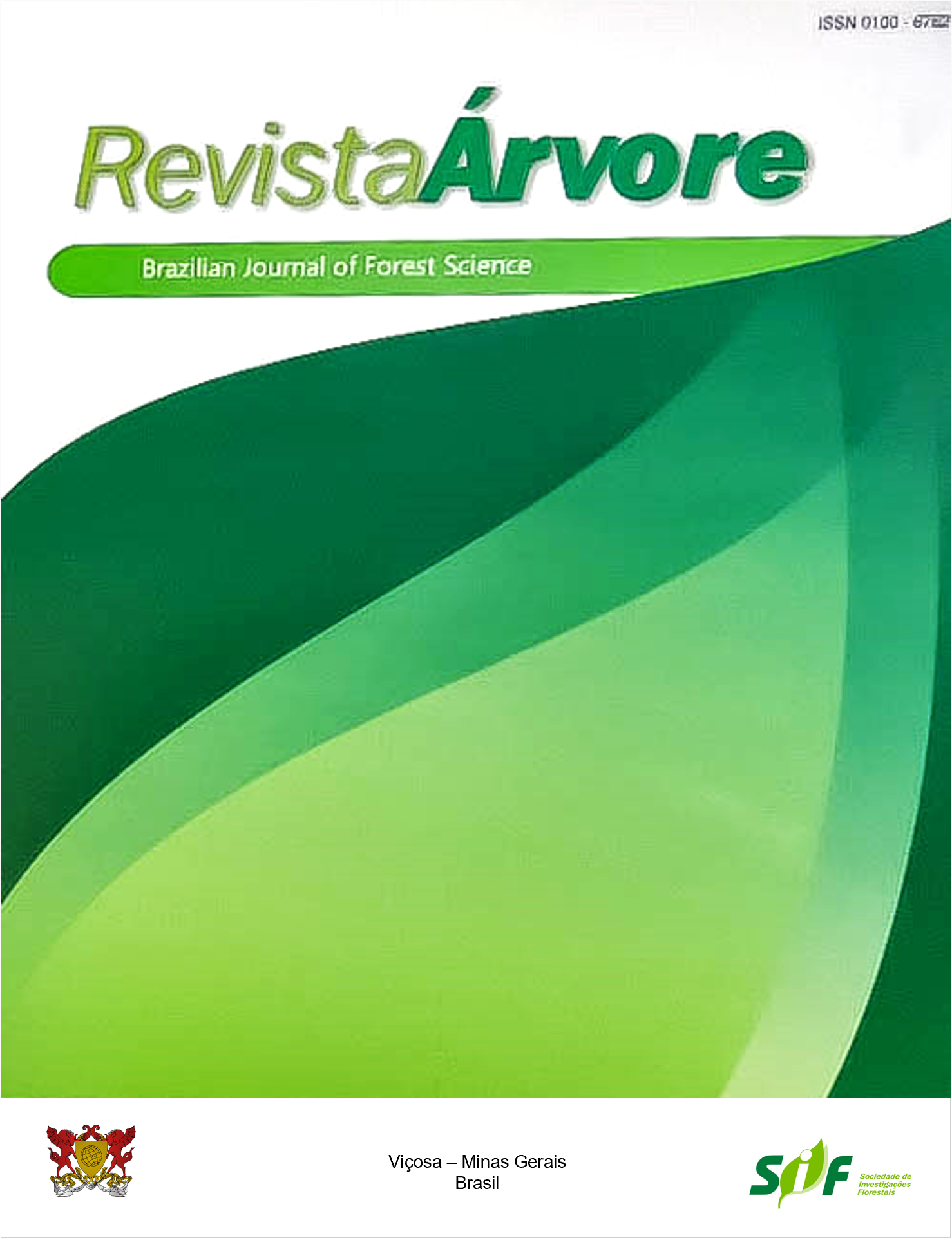TREE DAMAGE AND MISTLETOE IMPACT ON URBAN GREEN AREAS
Keywords:
Cladocolea, Struthanthus, Crown conditionAbstract
Green areas in cities provide several benefits to people, however, several biotic and abiotic agents affects the tree’s health. The main goals of this research were to identify tree damages and to assess the impact of mistletoe on dendrometric variables and the crown condition. Four thousand, seven hundred seventy-five trees were evaluated in 16 green areas of eight Mayoralties in Mexico City; each tree was labeled, and total tree height (Th), diameter at breast height (DBH), damage agents (up to three types), and the crown variables: Live crown ratio (Lcr), Crown dieback (Cdie), Mistletoe severity (Ms) and Crown position (Cpo) were recorded. Of the assessed trees, 3318 presented damage. For the type of damage 1, the mistletoes Cladocolea and Struthanthus showed an average incidence of 42%. For type 2, 20 agents and type 3, 11 were identified. Mechanical wounds, sucking insects, vandalism, and cankers were the most common damages. Based on the Principal Component Analysis (PCA), trees of all diameters and heights were infected, however, Struthanthus was associated with taller and larger diameter trees. Lcr was lower, and Cdie and Ms were higher in infected trees. About Cpo, dominant and codominant trees showed the highest levels of severity by mistletoe. The most affected tree genera were Ulmus and Populus (low Lcr and high Cdie and Ms). Cladocolea was found toward southern Mayoralties, and Struthanthus at the north. It is recommended to assess at least two types of damage on each tree, as this will provide a more complete picture of its health. This is the first study in Mexico on the impact of mistletoe on tree crown variables
Keywords: Cladocolea; Struthanthus; Crown condition
Downloads
Published
How to Cite
Issue
Section
License
Copyright (c) 2021 Revista Árvore

This work is licensed under a Creative Commons Attribution 4.0 International License.
All authors agreed to submit the work to Revista Árvore and granted the exclusive license to publish the article. The authors affirm that it is an original work and has not been previously published elsewhere. The scientific content and opinions expressed in the article are the sole responsibility of the authors and reflect their opinions, not necessarily representing the opinions of the editorial board of Revista Árvore or of the Society of Forest Investigations (SIF).




